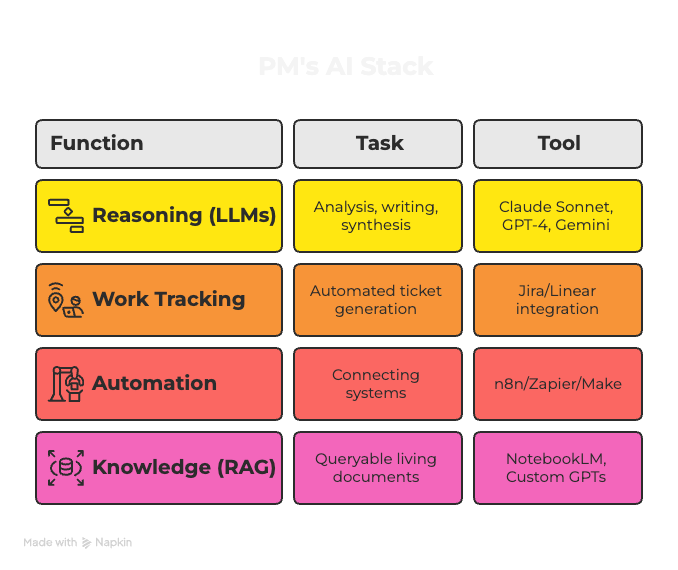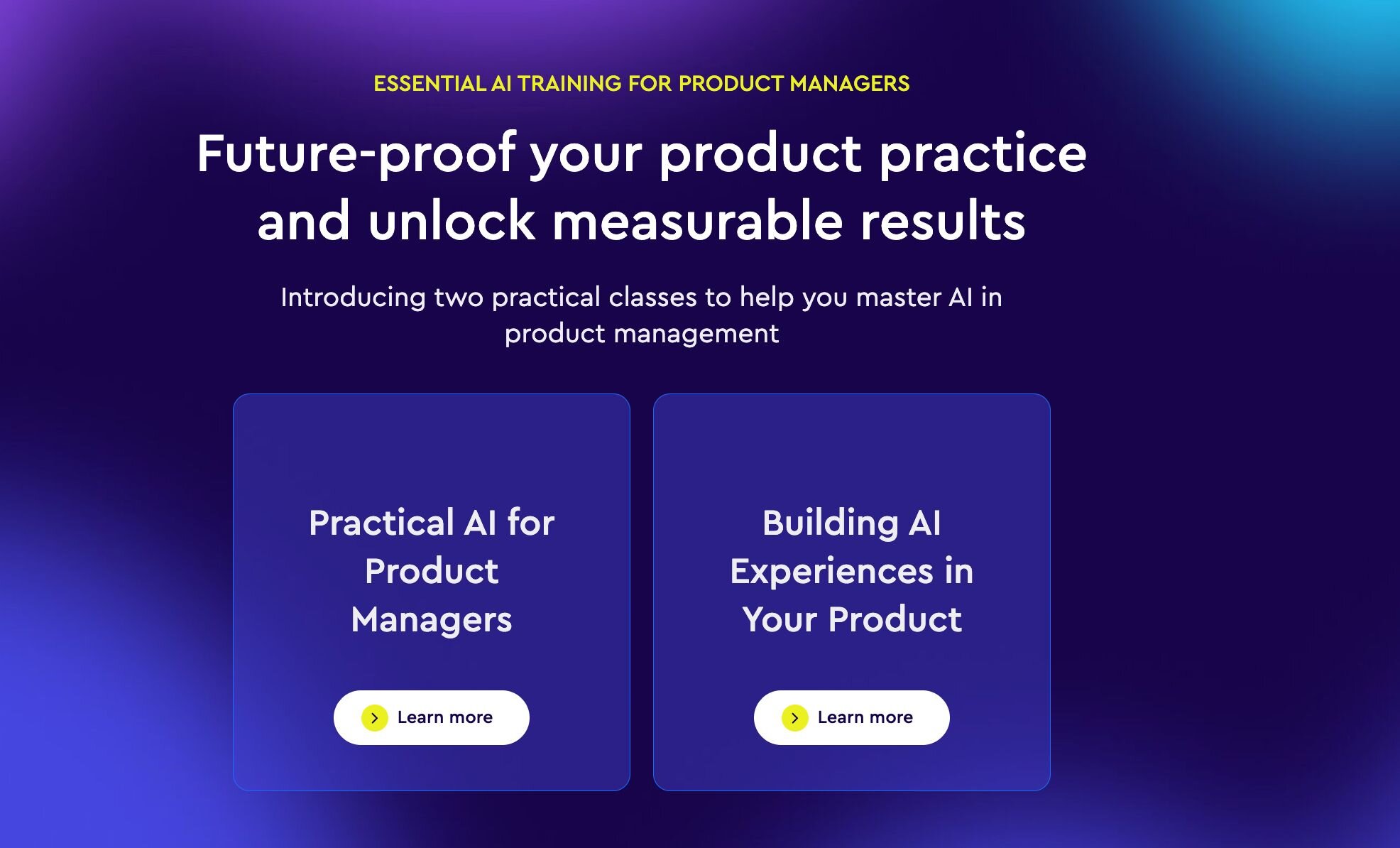Anna Buldakova has worked with machine learning and artificial intelligence for most of her product career, a career that has taken her from her home city of Moscow to Berlin, Dublin and now London. She spent nearly four years at Meta in London, leading the company’s B2B AI team. She’s stayed in London and now, with her husband, runs a startup mentoring platform called Meander.
Anna didn’t set out to work in Product. In fact she had a successful career in journalism for a number of years, writing mainly about socio-economic issues. She even worked on the Russian edition of Cosmopolitan for a while.
Her product career came about when she became involved in her publication’s efforts to go digital during 2010/11. She explains:” I saw that digital journalism was starting to take off. My publishing house was developing digital versions of its print magazines and I started to get curious how we could get better at it.” Her husband Victor then told her about a course run by Russian tech giant Yandex for people interested in learning about product management. She applied and was accepted.
What’s more, the best students were invited to apply for open positions at Yandex at the end of the course. Anna secured one of these jobs and began her product management career. Says Anna: “Although I initially didn't have any intentions to transition out of journalism, I actually got really inspired by the course. I felt like I could have a lot of impact as a product manager. Something that frustrated me as a journalist was that – although I was writing about topics like domestic violence and getting letters from all over the country from women who were affected by it – I could do little to change anything. I wanted to be able to take the next step and to do something to help.”
Transferable skills
A number of journalistic skills have stood Anna in good stead during her product career. Emotional intelligence is one of the most important things she learned as a journalist, she says, “being able to talk to people, listen, and understand – understanding their needs and the emotions behind what they're saying”. The other competence she still values from her journalism career is the ability to analyse. She says: “I don’t mean understanding metrics, I mean being able to synthesise and analyse data, being able to connect different sources of information and form a coherent picture.”
Anna adds: “As a journalist, you have to be impartial. You have to look at different sources of information, and filter out what makes sense and what doesn't. This is so important in product management because you become a gatekeeper of all these different streams of data. You have to make sense of them and transform them into a strategy.”
Anna worked on machine learning at Yandex before moving to a startup in Berlin. From there she went to Dublin to work for Intercom before taking a job at Meta in London where she led the AI team for Workplace.
Human aspects of AI
Paradoxically perhaps, it is the human aspects of artificial intelligence that Anna finds appealing. She explains: “I think essentially, AI is about understanding how you get the right data and how you use it to transform the experience. For example, at Meta, I worked on a newsfeed. To be successful, you need to understand how people interact with it, what kind of interactions they have with what they see in the interface, and how that influences the algorithm to improve and to make the experience better. You're not just designing a black box, you're actually designing a system of inputs and outputs. And it's mostly about understanding human psychology at scale, and being able to influence the experience at scale.”
Anna’s first task when she joined Meta was to tackle the problem of information noise – with an overwhelming number of channels of information available, it’s hard to keep track of what you need to focus on. Says Anna: “At Meta, where the culture is focused on sharing your insights and sharing what you're working on, it's really easy to get overwhelmed by all these different resources. And the same was the case for many of our clients.” Anna and her team started by using machine learning to come up with a simple ranking system for all this information, before starting to explore what else they could do with AI.
Communication at work
Communication at work is full of challenges. At Meta, for example, much of the communication with leadership was done through all-hands meetings and video streams, communication that its differently-abled people couldn’t participate in. “We worked on automatic captioning [for Workplace],” says Anna. “It was speech to text technology which allowed us to add subtitles to videos. It’s been a massive game changer for many companies, because they could not previously include their differently-abled employees in the conversation.”
AI can be an amazing tool, Anna says, and she believes that every product manager should now be looking at how they can use the AI tools and open source software available to them to improve their product’s experience. “It's very easy to do, even for engineers who don't have machine learning expertise. It’s about integration, rather than building something from scratch. It’s really important for product managers to be aware of what they can leverage.”
All about the quality
She adds a note of caution, however. The user experience is also paramount, because every customer will be curious about how you use their data, whether it’s shared with other customers, used for training your models and so on. Says Anna: “People don’t like the unpredictable aspects of AI, especially in the B2B space. How do you maintain confidentiality? How do you make sure data doesn’t leak?” She points out that the automatic captioning feature has only been successful because its quality is good enough. If, for example, the model couldn’t transcribe a company CEO’s name accurately or made other silly mistakes then people wouldn’t use it.
With ranking examples, Anna adds, it can sometimes be hard to work out how the algorithm works, and why one post is ranked above another. It can feel like it’s happening inside a black box. People might be quite uncomfortable with it and want more control over what they see on their screens. When designing an AI experience, you need to be quite clear on what kind of controls you provide to people.”
Don’t shoehorn AI in
Anna also cautions against the temptation to shoehorn generative AI into places where it doesn’t really fit. All the current buzz about the technology is giving many product people two problems to solve, she says – more importantly they need to deliver value to customers, but they also need to impress investors. “I think sometimes people are starting to confuse the two,” she says.
Anna was a mentor on a Meta startup scheme and has mentored for TechStars. Her time at Meta came to an end about 18 months ago when she and her husband decided they wanted to work together and formed Meander. “Essentially, we’re helping people working in tech to find a mentor,” she says.
They reasoned that people will always want to change careers and move from one industry to another so started to think about solutions to meet their needs. They decided educational courses would be too static and impersonal and began to see that “mentorship might be a really good solution”. They secured funding and have recently launched their product.
A mentoring marketplace
It’s a marketplace – mentors set a price for their time and mentees can set their objectives when they sign up to the platform. She’s not yet ready to share any numbers, but says that their feedback so far is hugely positive. “Right now we are working on the mentor experience,” says Anna, “a core area of focus for us is to make sure that mentors are super happy. We’re focusing on the quality of our mentors.”
She comments: “My personal example of moving from journalism to product management showed me that any sort of transition is really hard. You don't have the connections, you don't know people who can give you advice.” It takes the right tools and resources to smooth the path of a transition so she’s sure that Meander can play a valuable role for anyone looking to start or further their product career.







